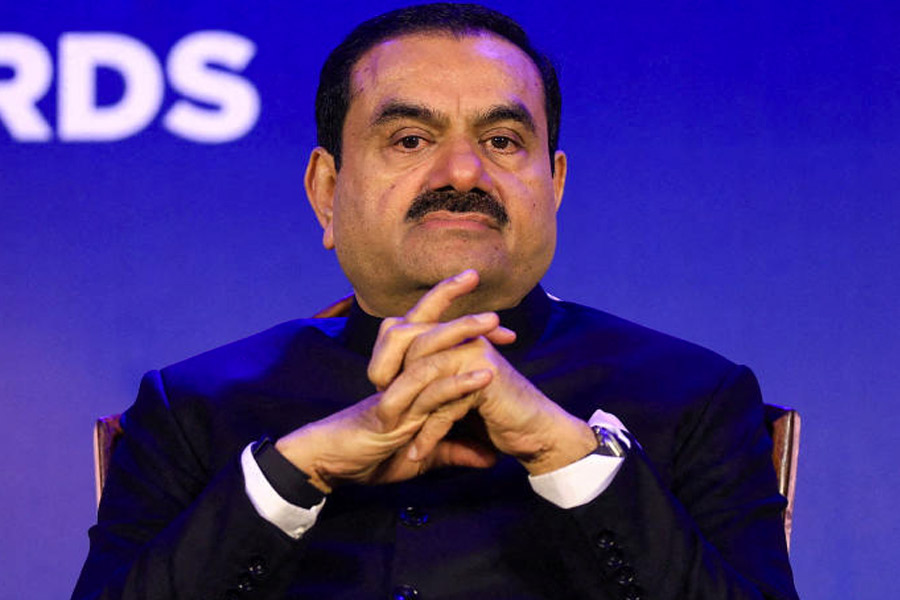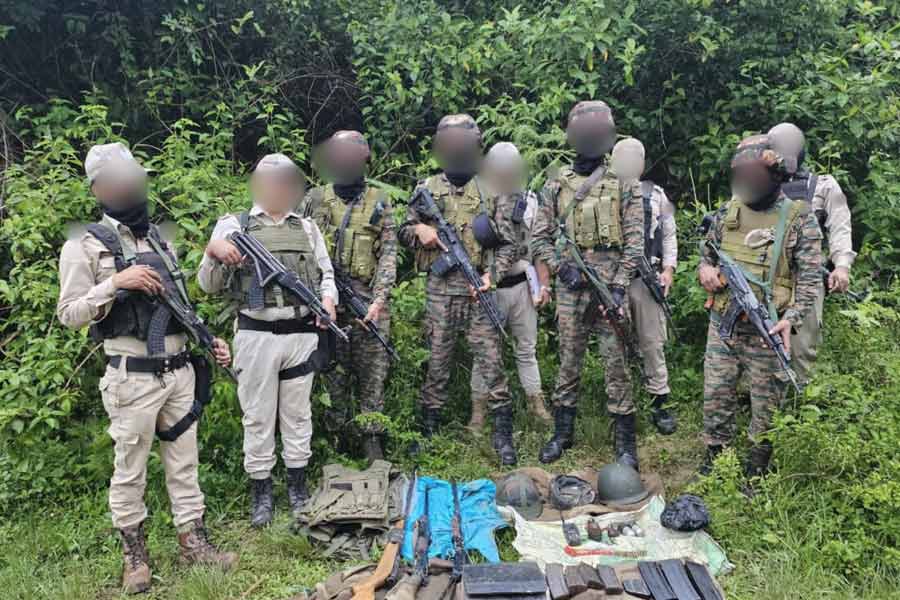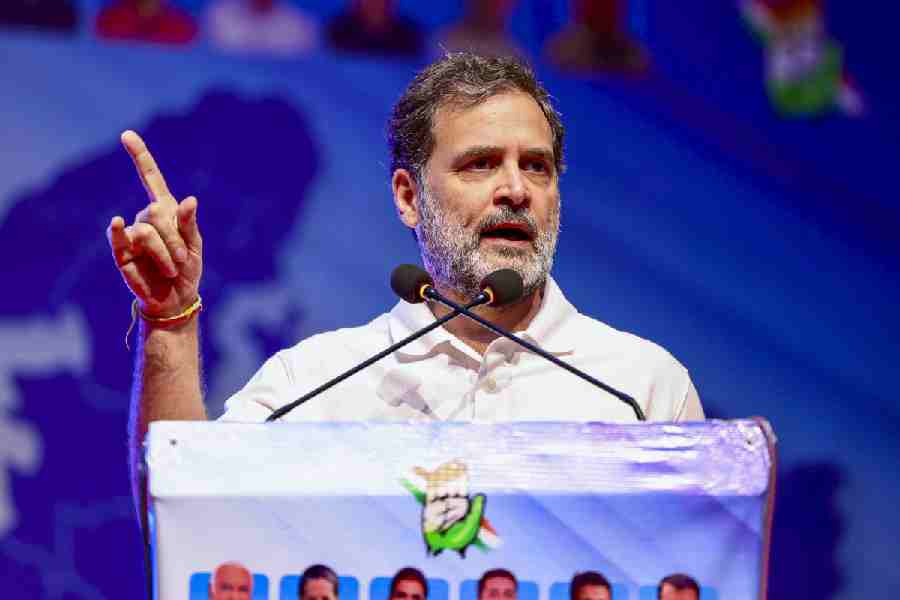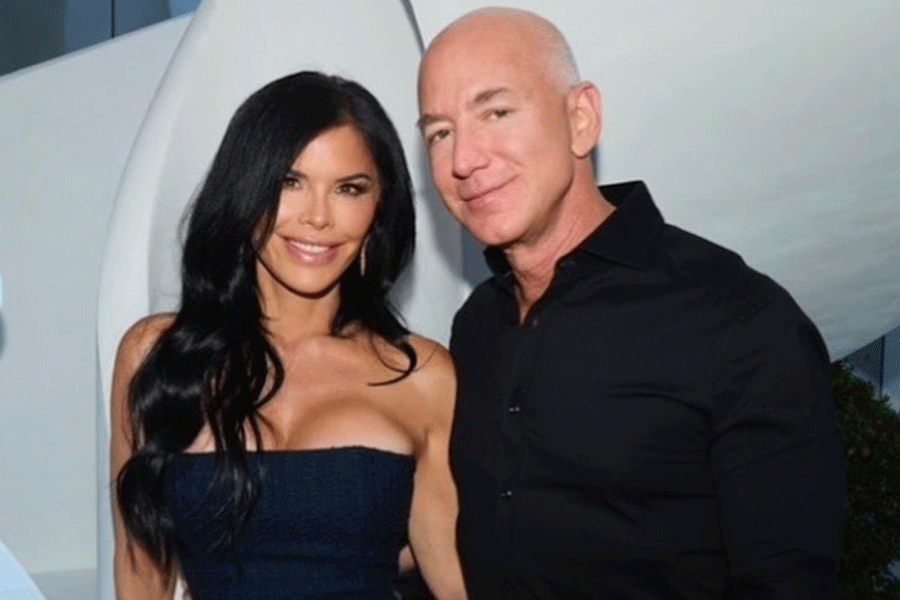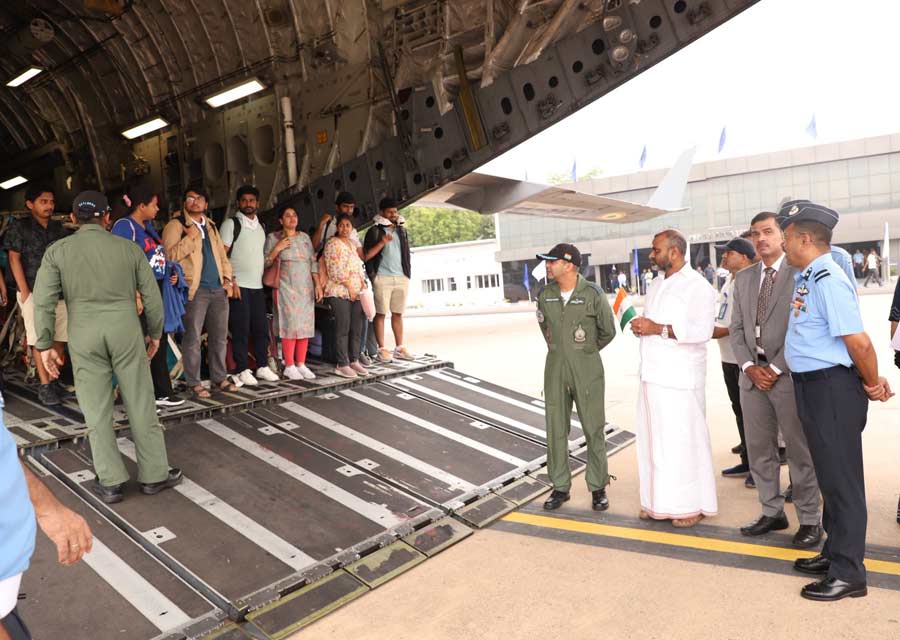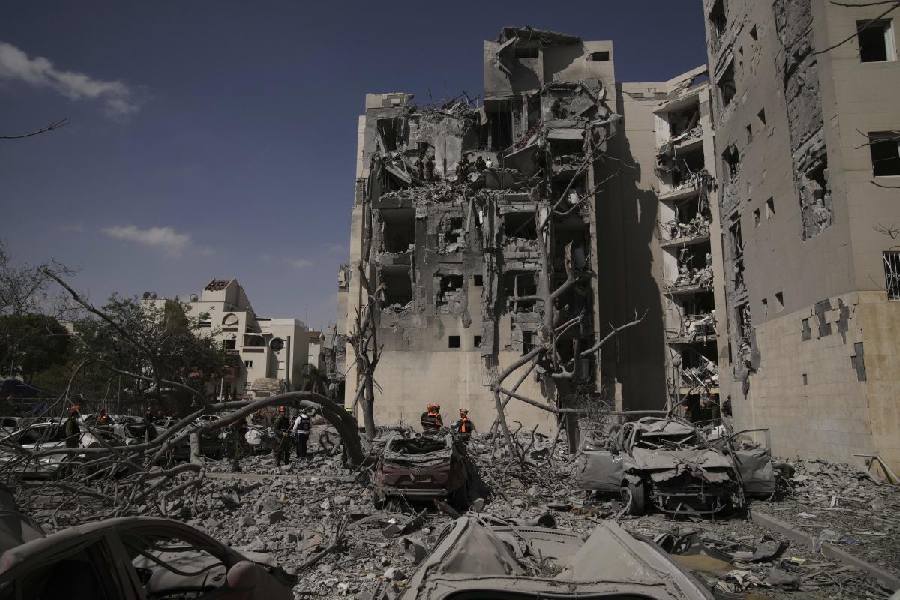 |
It was not a subject the Sehgals ever thought would disturb their Sunday calm. But for the first time, they found themselves talking about child abuse. That very morning, they had watched a programme on the subject on television in total silence. A little later, they were explaining sexual abuse to their four-year-old son.
“The show was an eye-opener,” says Archana Sehgal (name changed), a media professional from Dubai.
The programme, of course, is Satyamev Jayate, actor Aamir Khan’s 90-minute chat show. The week before, he spoke on female foeticide — leading to a contribution of Rs 63.34 lakh as donations for the NGO Snehalaya. Half of this was from the Reliance Foundation, which has pledged to contribute the same amount that the public donates.
The two issues have spilled out of the edit pages of newspapers and scholarly tomes into drawing rooms and cyberspace. The first episode was the subject of nine out of 10 trends on Twitter across India — unheard of for any TV show so far. The top two searches in India on Google were around Satyamev Jayate. Some 7.9 lakh fans joined the show’s page on Facebook.
That the show is the talk of the town is undisputable. But are these campaigns mere flashes in the pan? Or do a few minutes of celebrity speak make a stronger impact than years of campaigning by activists and policy makers?
“Yes, they make an impact,” asserts Delhi-based social commentator and columnist Santosh Desai. “The show would have affected a whole lot of people in some way or the other, in discussing it or by trying to bring about change.”
 |
The programme, in fact, has already spurred action. After the opening May 6 episode, Khan met Rajasthan chief minister Ashok Gehlot who promised action on setting up a fast track court to try doctors involved in female foeticide. Haryana, where the sex ratio is askew, has started a crackdown on such abortions. CHILDLINE, a 24-hour phone outreach service for child abuse victims, has seen an increase of over 150 per cent in calls.
“After the number was flashed on Satyamev Jayate, our daily calls jumped from 11,000 to 27,000,” says Nishit Kumar, head, Communication & Strategic Initiatives, CHILDLINE India Foundation, Mumbai. The callers included not just children but adults who needed counselling. “It is clear that a national awareness has been created. That in itself is a laudable achievement,” he adds.
In the glamour world, activism is not novel. In the 1990s, Shabana Azmi embraced an AIDS-afflicted child in a message against ostracising those with AIDS/HIV in a TV clip. Aishwarya Rai campaigned to pledge her lustrous eyes. Amitabh Bachchan, Shah Rukh Khan, Sachin Tendulkar and other luminaries joined a national polio eradication campaign. Cricketer Virender Sehwag lent his voice against eve teasing and M.S. Dhoni urged the people to vote.
Bodies as disparate as the Election Commission of India (ECI), the health ministry, the United Nations Children’s Education Fund (Unicef) and eye banks have roped in celebrities. Unicef currently has four ambassadors in India — Bachchan for polio eradication, Sharmila Tagore, now talking about maternal health and earlier on HIV and AIDS, Priyanka Chopra on the girl child and Aamir Khan on child malnutrition.
“These partnerships are mostly long term and of immense value through the supportive voice they give, and the time they invest to reach out to large audiences,” says Caroline den Dulk, chief, advocacy & partnerships, Unicef India.
Celebrities, clearly, reach out in a way that others, however hard they try, cannot. G. Ganesh, executive director, Eye Bank Association of India, Hyderabad, stresses that they bring “instant recognition” to a cause. “Take the case of Rai’s eye donation campaign that she did for us in 1995. The pledge to donate eyes rose from a mere 3,000 to 35,000 the very next year,” Ganesh points out.
Activist Sabu George holds that in the 26 years that he has been working on female foeticide, he has never seen such an impact in such a short period of time. “A year ago, Khan met me to discuss the issue of foeticide. Now which star would make that effort,” asks George, whose petition led to the passing of the PCPNDT (Pre-Conception and Pre-Natal Diagnostic Techniques) Act in 1994.
But the real test will be to see how effective such campaigns are in the long run. The impact, ad guru Prahlad Kakkar says, should not be judged on the basis of rising TV viewership figures. “If two years from now, female foeticide comes down and governments become more active, I will take that as a mark of success,” Kakkar says.
In that sense, he believes Bachchan’s polio campaign and promotion of Gujarat tourism have been successful. “No one thought Gujarat was a tourism destination before this.” However, despite repeated queries, the tourism department didn’t reply on the campaign’s impact.
Aamir Khan’s presence in a tourism ministry campaign, Atithi Devo Bhava, was equally effective. “We commissioned a survey to see if the ad had an impact on the ground — and found there was a change in the attitude of people towards foreign tourists,” says Anand Kumar, joint secretary, ministry of tourism. “There was an 80 per cent recall value.”
Or take the ECI, which chooses its star ambassadors judiciously. “The commission is an impartial body. We check the antecedents of celebrities before approaching them,” says Akshay Rout, director-general. Apart from Dhoni, those urging people to vote on behalf of the commission include former president APJ Abdul Kalam and singer Remo Fernandes.
It’s not always easy to gauge the effect a celebrity has on an issue. Rout, who is also in charge of the ECI’s systematic voter education for electoral participation, says the turnout in the recent state polls — the highest ever in independent India — can’t be solely attributed to the stars. “Celebrities form just one part of the whole strategy,” he says.
Sonu Singh, manager, camp operations and motivation, Rotary Blood Bank, says celeb involvement can boost a campaign. “When we organised a camp with Preity Zinta in Delhi in 2006, we had 140 donors versus the 40 we were expecting.” Most stars, Singh adds, don’t charge for public interest campaigns, though they may do as state ambassadors.
Celebrities in India, however, still have a long way to go before they can catch up with the social activities of global stars such as actor George Clooney or singer Bono. Clooney in 2010 tied up with Google, the UN and others to launch a surveillance satellite to warn civilians in Sudan on would-be attacks. U2 frontman Bono spearheads the ONE campaign to fight global poverty, Angelina Jolie travels around the world as UN’s goodwill ambassador advocating human rights and has reportedly donated over $3m to the worldwide refugee problem.
Still, some believe that too much of celebrity involvement may dilute an issue. “I know celebrities who appear for a few minutes espousing a cause — and then their PR machinery goes full throttle. They’ll look for a new cause the next day,” says Prince Singhal, founder, Community Against Drunken Driving, Delhi. Singhal calls them “butterfly” celebs.
The stars accept their limitations. “Not every cause needs a celebrity. Sometimes a celeb is created out of the cause as was evident in the Anna Hazare case,” holds Kabir Bedi, official ambassador of the Burma Campaign, UK, a London-based non-government organisation working for human rights and democracy in Myanmar.
But then celebrities don’t claim to be the solutions to the issues they take up. “Celebrities at best can address the issues; it is the activists who will solve the problem,” Singhal stresses. Indeed, the motto of Satayamev Jayate says as much: Dil Pe Lagegi, Toh Baat Banegi — when it hits the heart, it gets a start. And then? That’s still a million-dollar question.


